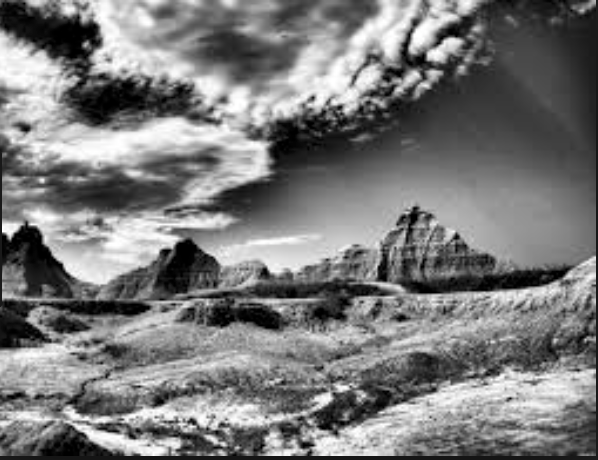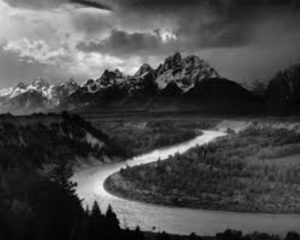Robert Adams
Adams was an American photographer who had a significant focus upon changing landscape of the American west,his work first started to become relevant within the 1970’s due to the success of his book ‘the new west’.The artist brown on May 8th,1937 was part of a family having himself a brother and sister,when he was younger he was infected with polio and had harm to the left side of his area and hand but soon recovered, but later in life suffered form other medical problems due to the previous illness. he had a very nature enforced childhood going on many walks accompanying his father, he also worked in a mountain national park in Colorado,and went mountain climbing and then so start visiting art museum with his sister.Not knowing what he wanted to do he continued to take English and get his ph. D in English In 1965,he soon married to Kirsten who too and similar interests whiten art and nature. he taught English in Colorado college ad then soon as able to buy his first camera.
He mainly focus more upon taking many images of landscapes of nature and architecture. he learned many of his photography knowledge form a professional photographer local to him named ‘Myron Wood’.Soon his love for photography spread and he became a full time photographer.His subject matter was ‘vastness,its sparse beauty and its ecological fragility’ manner of his work was produced throughout varying shades if grey and what has been lost remains, and a brilliant subtext to everything.
favorite image analysis

I chose this image due to the intriguing way in which Adams was able to capture the strength and dominance within the clouds and the deep contrasting tones from within the background trees.you are clearly able to see the way in which people or juxtaposing to the man made metal equipment. There is a sense of irony with the nature in the background and the way in which the people are more occupied within the pool and not the natural lakes and such.There is also almost a theme of segregation within the communities and the continuation of fences and boarder in which they are surrounded.The close up gate allows a redistricted in which we are viewing the people. All the over exposed lighter tones also have connotations to a more harsh lined industrial area and shows elements of possibly not being safe.It shows a strong contrast within the beauty of nature and the urban life in which these people are living and choosing to do so.I think it is interesting in how the photographer chose to take the image when no one is in the pool,it shows a sense of reason to the image and the joy they should be having being in the pool but the rugged nature of pool is perhaps a preventative,perhaps this is to demonstrate the gradual separation between people and nature.
Mind map
Many of his works shows a strong industrial structure presents in the foreground and a gradual deterioration into the nature based areas of his work. There is also a large surrounding space to present that their is an effect go nothingness without human evolution to buildings and Inhabitance.



Ideas that will use in my work:
My main attraction to his work is how he has many layers of attention to the image itself and how it consistently evolves to create many interesting aspects throughout the original image,secondly I would want to expand on the use of persona and what people are doingerive attention to the image itself,and what the meaning of the contrast to nature would in fact be


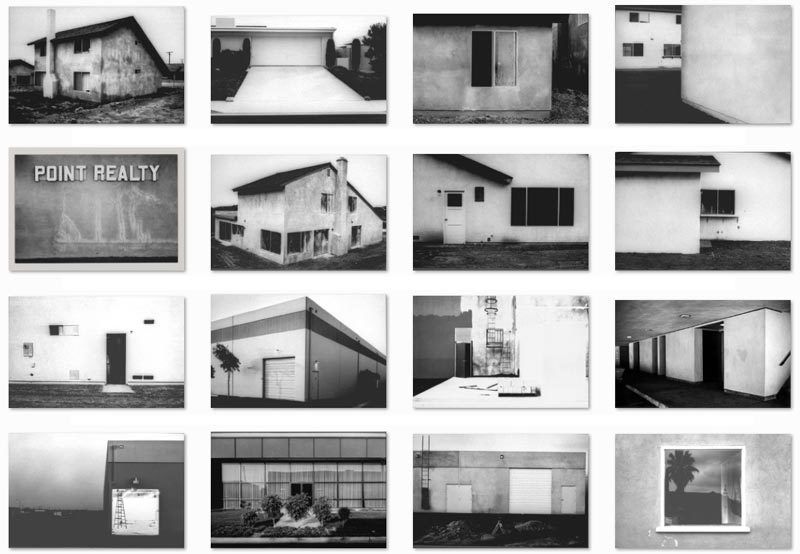




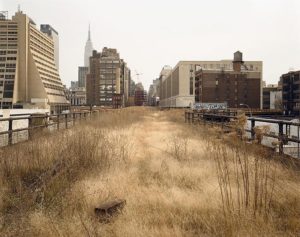
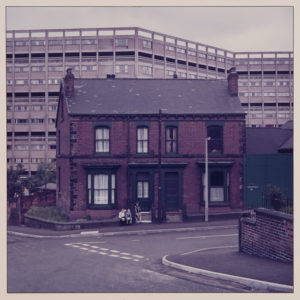




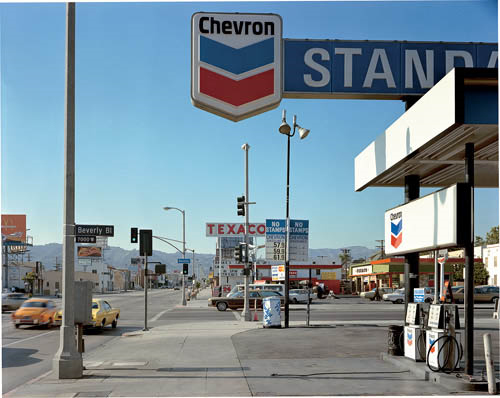
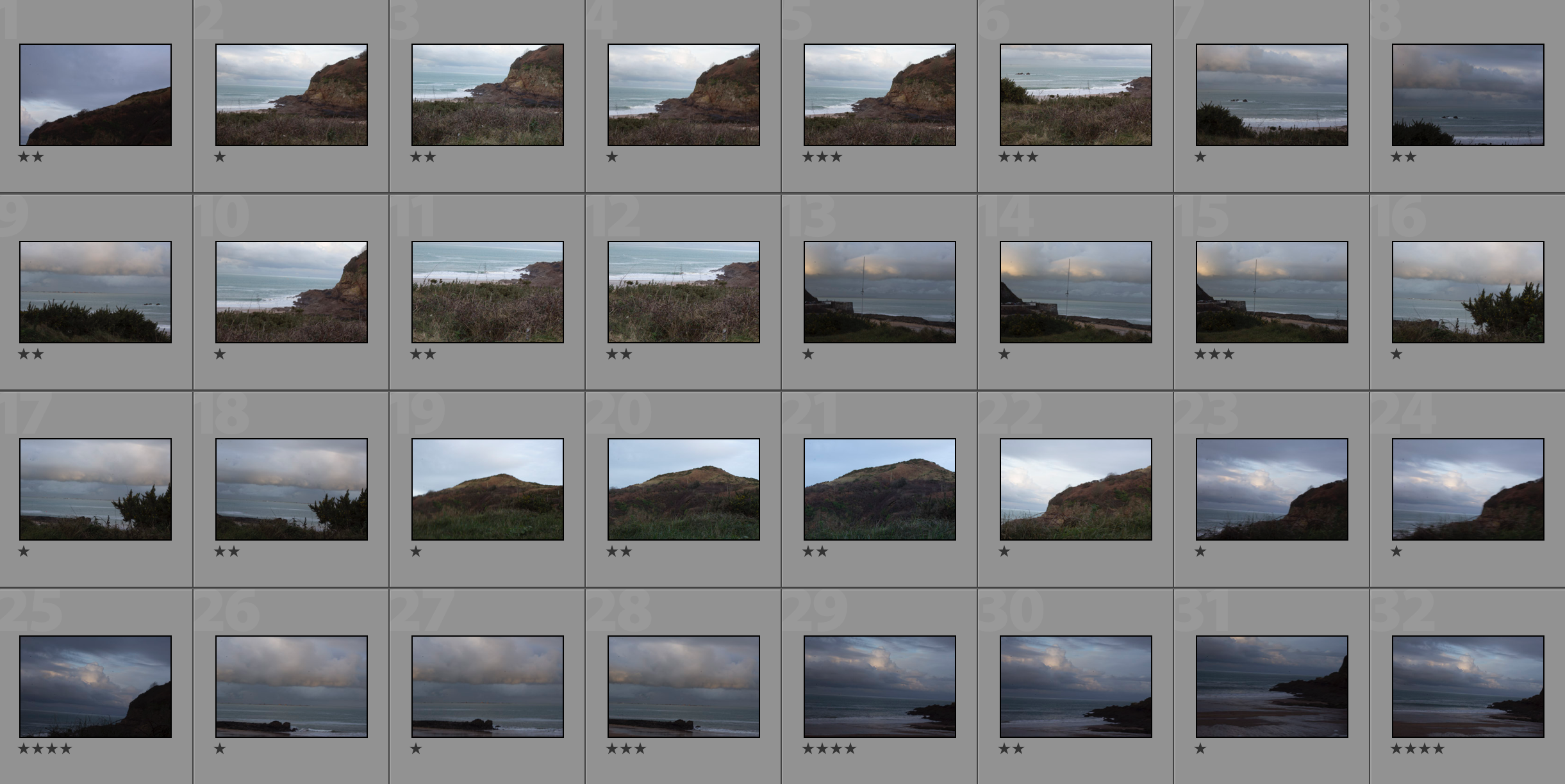


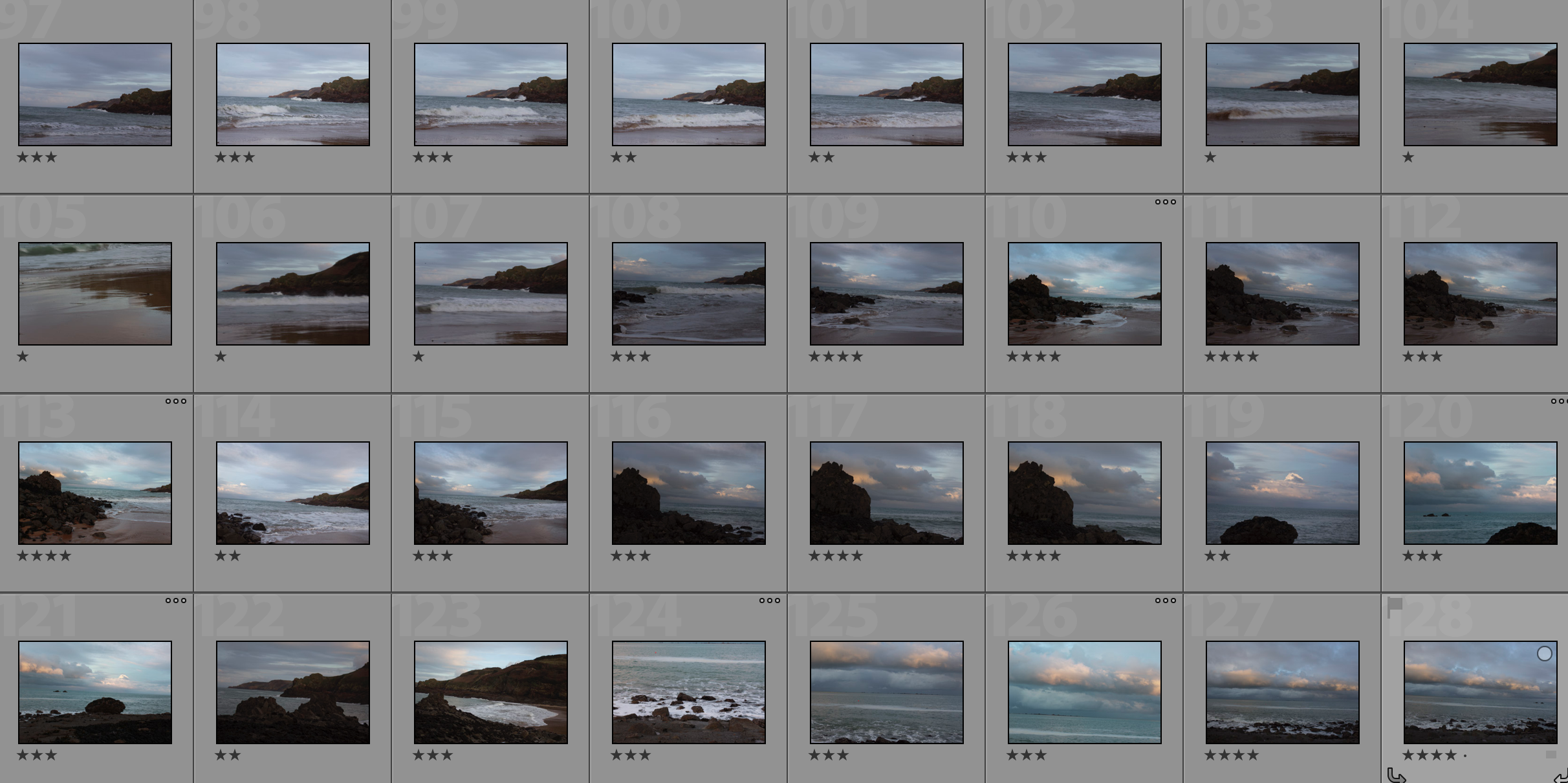

 I then applied the filter Fuji Neopan 1600 to create a strong, contrasting photograph that emphasises the shapes.
I then applied the filter Fuji Neopan 1600 to create a strong, contrasting photograph that emphasises the shapes. I then adjusted the shadows, highlights, contrast, brightness and whites and blacks in order the fine tune the photograph.
I then adjusted the shadows, highlights, contrast, brightness and whites and blacks in order the fine tune the photograph.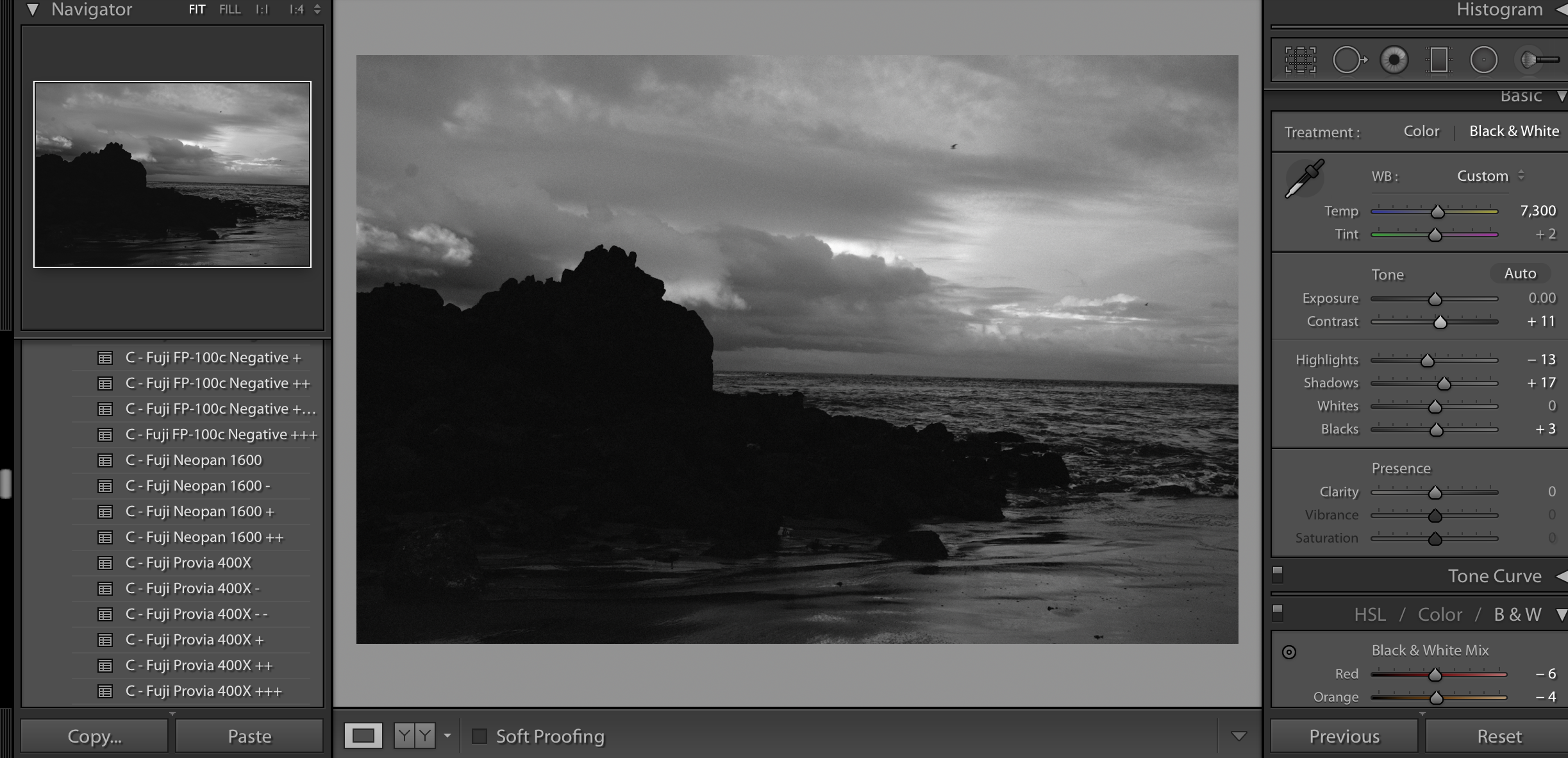

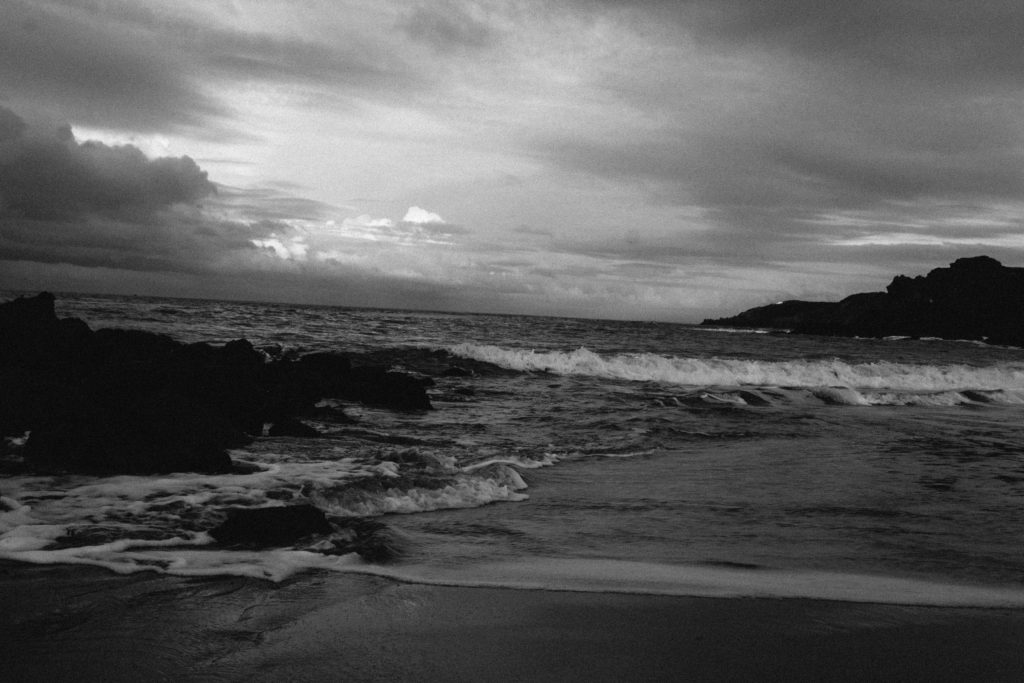


 My Favourite Photograph
My Favourite Photograph




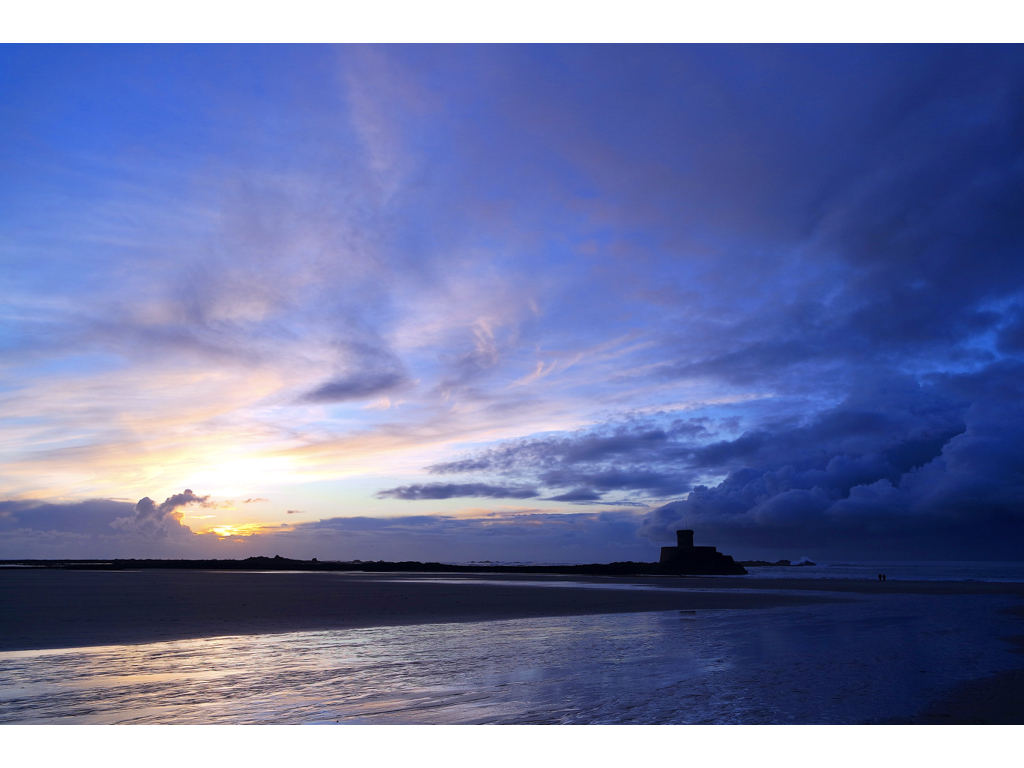

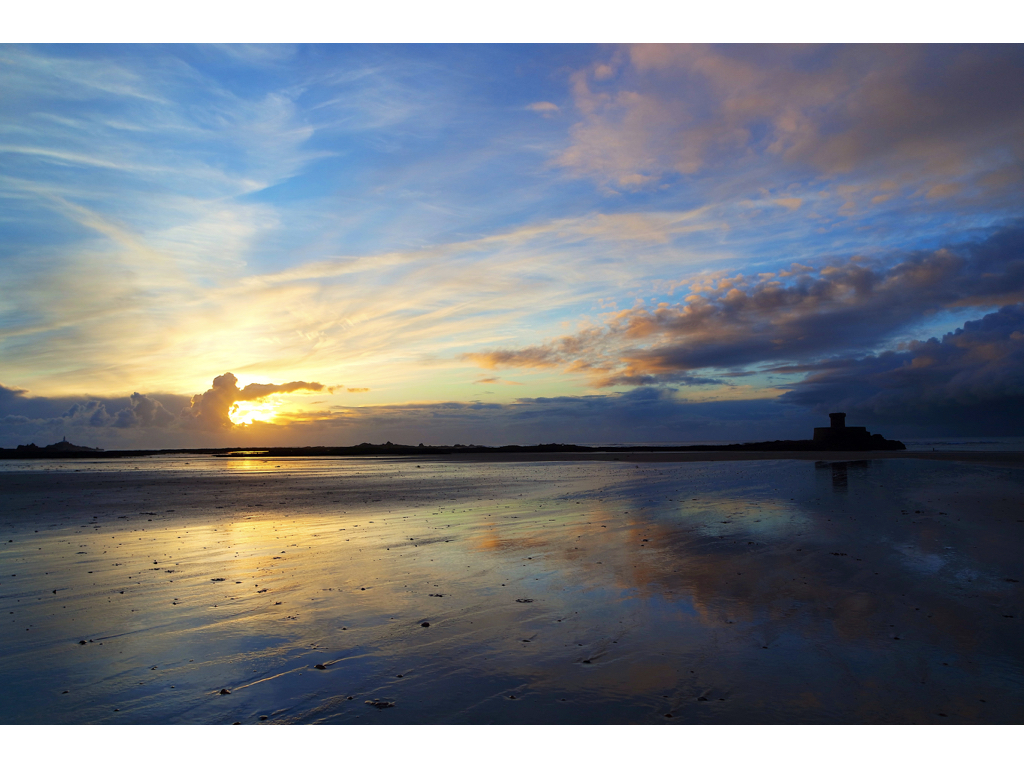


 within the images above I wanted to capture a romanticised landscape in a much more vivid and and poetical extreme of colour caught within the golden hour, although I also wanted to capture a sense of clam that will soon be abounded due to the oncoming stormy strength of the high side and cloud formation.
within the images above I wanted to capture a romanticised landscape in a much more vivid and and poetical extreme of colour caught within the golden hour, although I also wanted to capture a sense of clam that will soon be abounded due to the oncoming stormy strength of the high side and cloud formation.



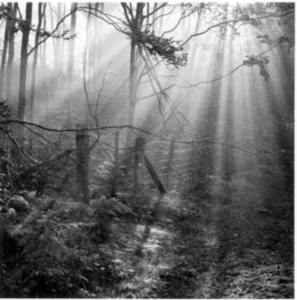


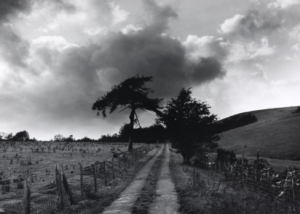
 Before taking the shoot I wanted to pull some ideas together on what to take, allowing for a guideline to my photos, this was my outcome:
Before taking the shoot I wanted to pull some ideas together on what to take, allowing for a guideline to my photos, this was my outcome: Once I had a general idea on what I could do for the shoot I finally moved onto the images themselves with these being the outcome:
Once I had a general idea on what I could do for the shoot I finally moved onto the images themselves with these being the outcome:
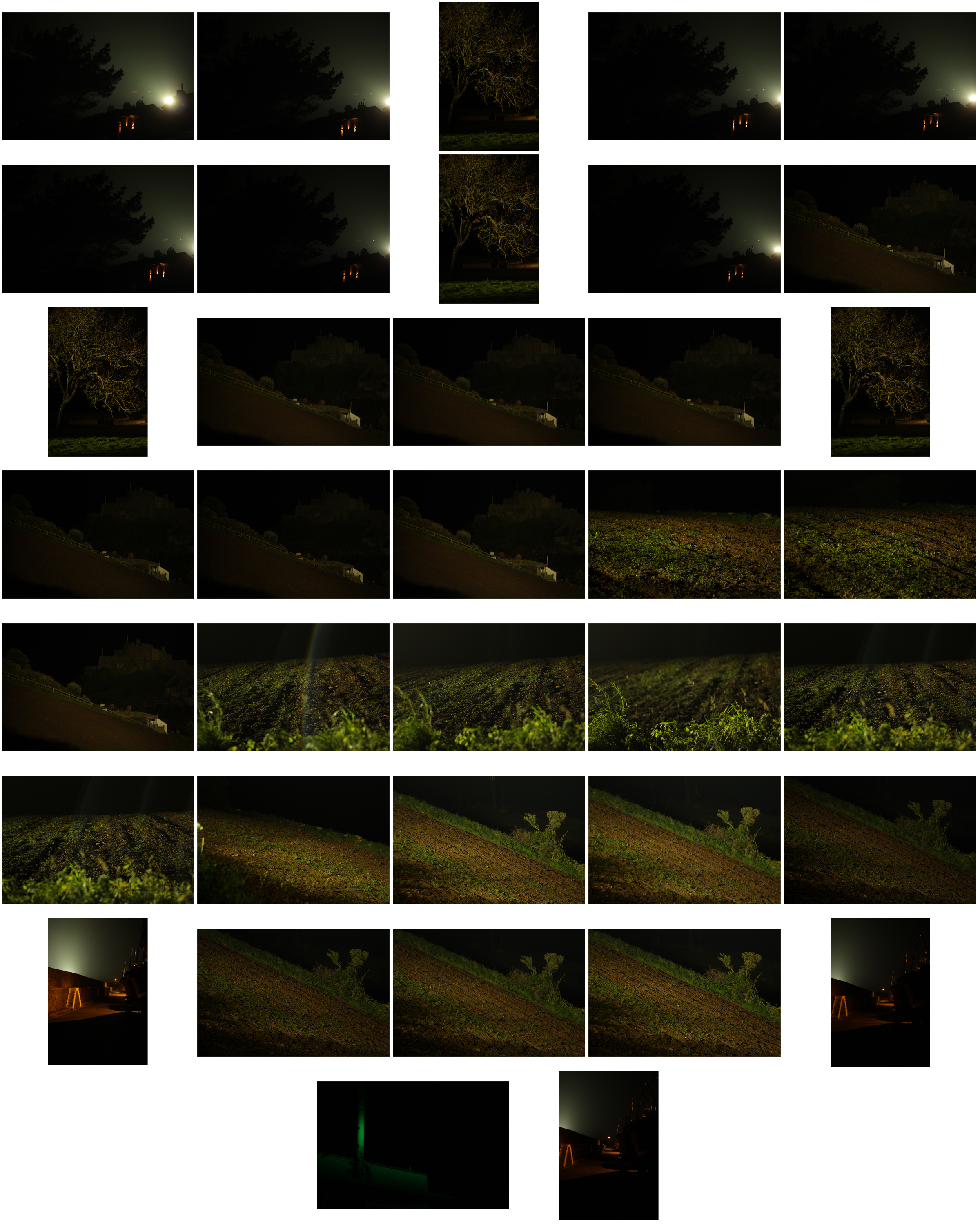


 I chose these images because I thought they popped out from the rest of the shoot, and had a greater understanding of what romanticism in photography was about. I found that their vivid colours and use of depth of field made them particularly effective. From here I wanted to whittle my selection down to just five images to really provide a clearer insight into my final image for the shoot. This is my selection:
I chose these images because I thought they popped out from the rest of the shoot, and had a greater understanding of what romanticism in photography was about. I found that their vivid colours and use of depth of field made them particularly effective. From here I wanted to whittle my selection down to just five images to really provide a clearer insight into my final image for the shoot. This is my selection: I chose this image due to how I loved the effect created from the back light that was meant to illuminate Gorey Castle at night, that instead silhouetted the housing and trees around it, creating an aesthetically pleasing result as an outcome. And with the slight use of red and oranges from the housing I though it really balanced it out.
I chose this image due to how I loved the effect created from the back light that was meant to illuminate Gorey Castle at night, that instead silhouetted the housing and trees around it, creating an aesthetically pleasing result as an outcome. And with the slight use of red and oranges from the housing I though it really balanced it out. What I loved in this image was the use of the depth of field, this created a focus on a certain section of the woods which instantly drew the eye through the use of its vivid greens. Within the image I used Photoshop to enhance the greens within the image to make it more suited to the theme of Romanticism with the expected outcome as desired.
What I loved in this image was the use of the depth of field, this created a focus on a certain section of the woods which instantly drew the eye through the use of its vivid greens. Within the image I used Photoshop to enhance the greens within the image to make it more suited to the theme of Romanticism with the expected outcome as desired. I found that this images use of contrast between the light provided by the lamps created an aesthetically pleasing photo. This was because of how by making the oranges within the picture more vivid, it emphasised the shadows created by the surrounding boats, thus drawing the eye instantly to the soft glow of the lamp centred in the middle of the picture.
I found that this images use of contrast between the light provided by the lamps created an aesthetically pleasing photo. This was because of how by making the oranges within the picture more vivid, it emphasised the shadows created by the surrounding boats, thus drawing the eye instantly to the soft glow of the lamp centred in the middle of the picture. The gradient created by the sky I thought particularly allowed for a romanticism theme. This was because of how the majority of the image was made up of the slow but constant changing of shades of blues into yellows, with only a small percentage made up by the landscape. I found that by darkening the ground it created a greater effect onto the sky due to an emphasis to the colours.
The gradient created by the sky I thought particularly allowed for a romanticism theme. This was because of how the majority of the image was made up of the slow but constant changing of shades of blues into yellows, with only a small percentage made up by the landscape. I found that by darkening the ground it created a greater effect onto the sky due to an emphasis to the colours. What I loved about this image was the composition and the dark and grim colours. This is because of how the skeletons of the trees create a sinister but beautiful effect on the pathway through the middle of them, with unclear imagery of people in the far distance. I also liked the use of depth of field as well due to how the trees slowly faded and merged into one collective backdrop, whilst maintaining the desired look.
What I loved about this image was the composition and the dark and grim colours. This is because of how the skeletons of the trees create a sinister but beautiful effect on the pathway through the middle of them, with unclear imagery of people in the far distance. I also liked the use of depth of field as well due to how the trees slowly faded and merged into one collective backdrop, whilst maintaining the desired look. I chose this as my final image because of how I loved the contrast created by the floodlights to Gorey Castle. I found that through this it completely emphasised the silhouettes of both the tree and the house in a sinister but fascinating way. I also liked how the floodlight captured by the camera is seen as a circular gradient in which slowly fades into darkness, with the three red lights being there to balance out the image as a whole and not let the black overpower the piece.
I chose this as my final image because of how I loved the contrast created by the floodlights to Gorey Castle. I found that through this it completely emphasised the silhouettes of both the tree and the house in a sinister but fascinating way. I also liked how the floodlight captured by the camera is seen as a circular gradient in which slowly fades into darkness, with the three red lights being there to balance out the image as a whole and not let the black overpower the piece.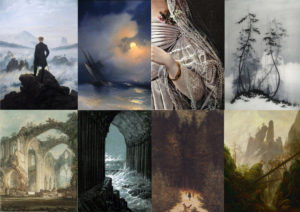



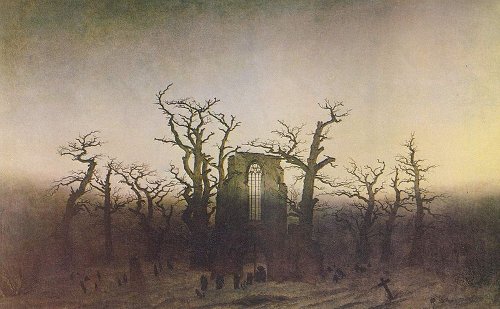

 More about Romanticism can be found
More about Romanticism can be found  Adams himself was a photographer but also an environmentalist,he was born California ,San Francisco. He grew up surrounded by nature happening to be in a sand dune golden gate area,although using these years his once wetly family lost their worth and Adams broke his nose making him distinct for his future life.Due to his older family he has a very historical upbringing which influenced him to be interested himself in a Victorian society both socially and emotionally conservative.
Adams himself was a photographer but also an environmentalist,he was born California ,San Francisco. He grew up surrounded by nature happening to be in a sand dune golden gate area,although using these years his once wetly family lost their worth and Adams broke his nose making him distinct for his future life.Due to his older family he has a very historical upbringing which influenced him to be interested himself in a Victorian society both socially and emotionally conservative.